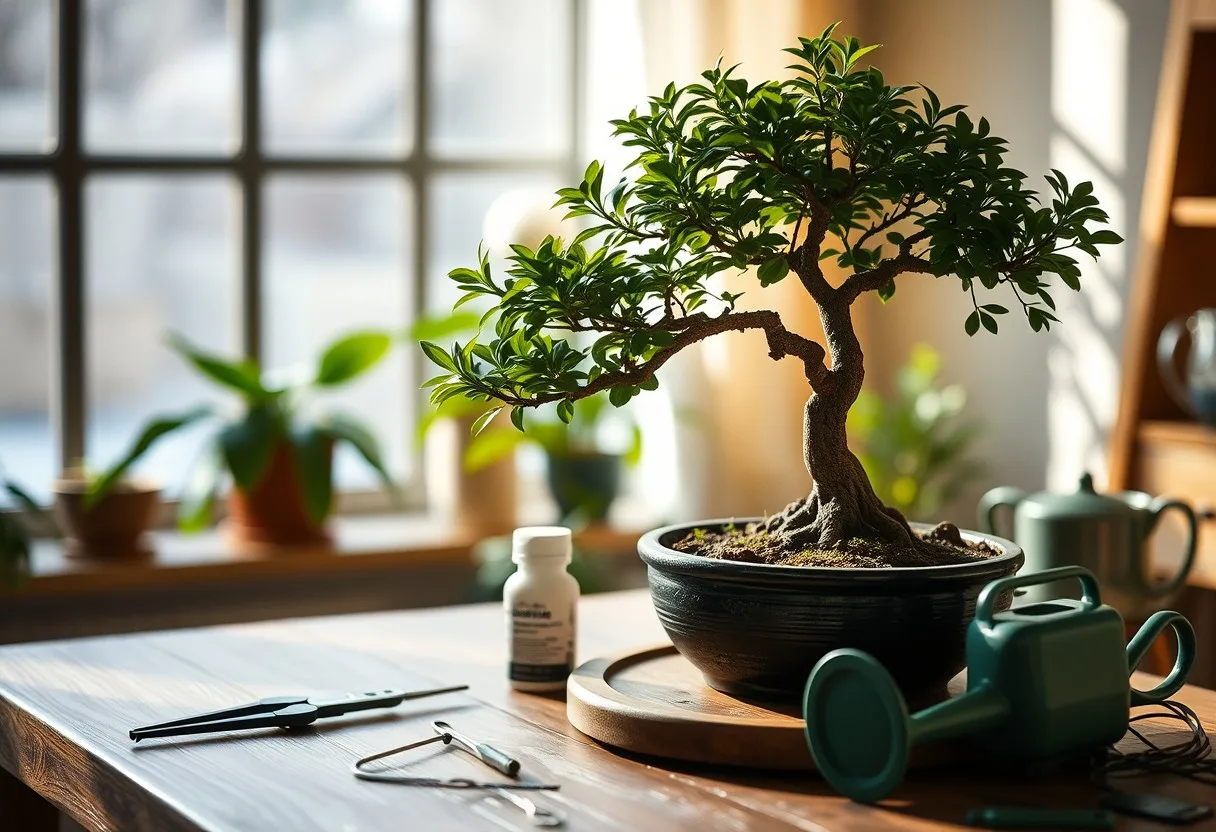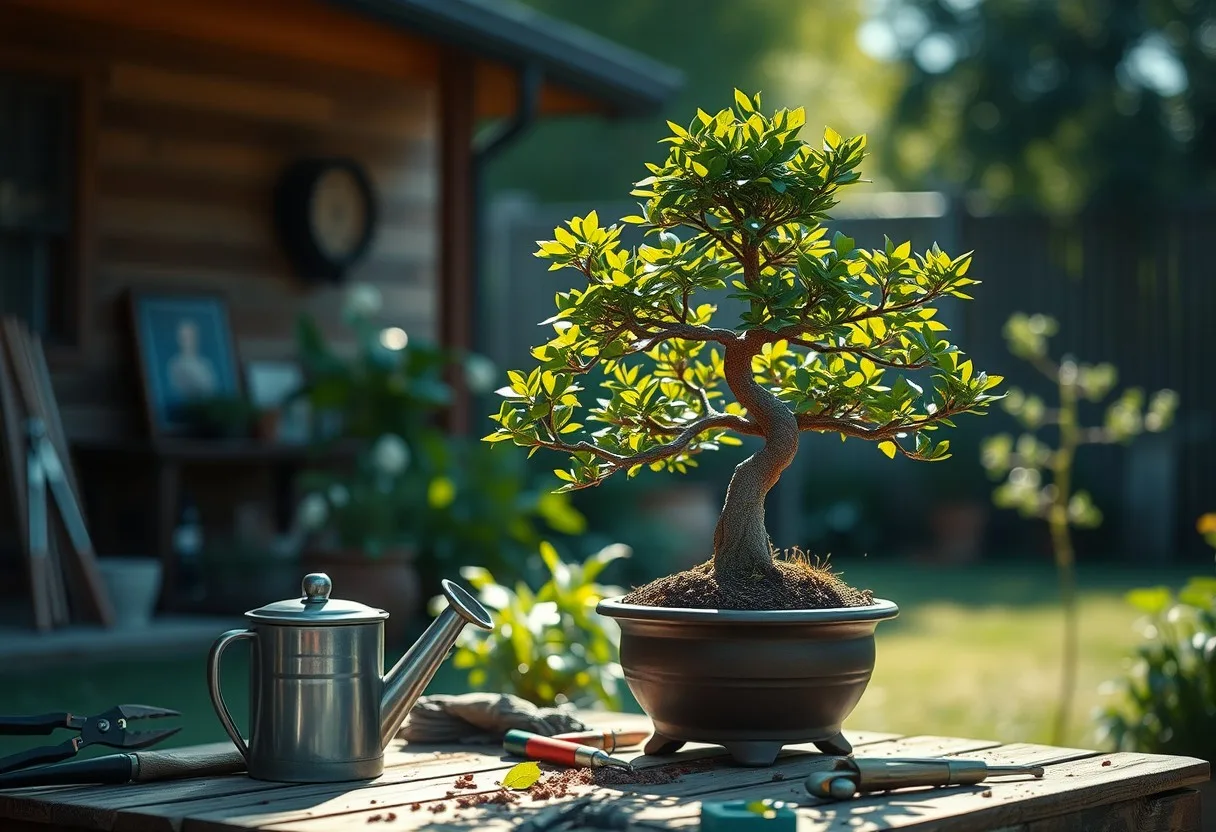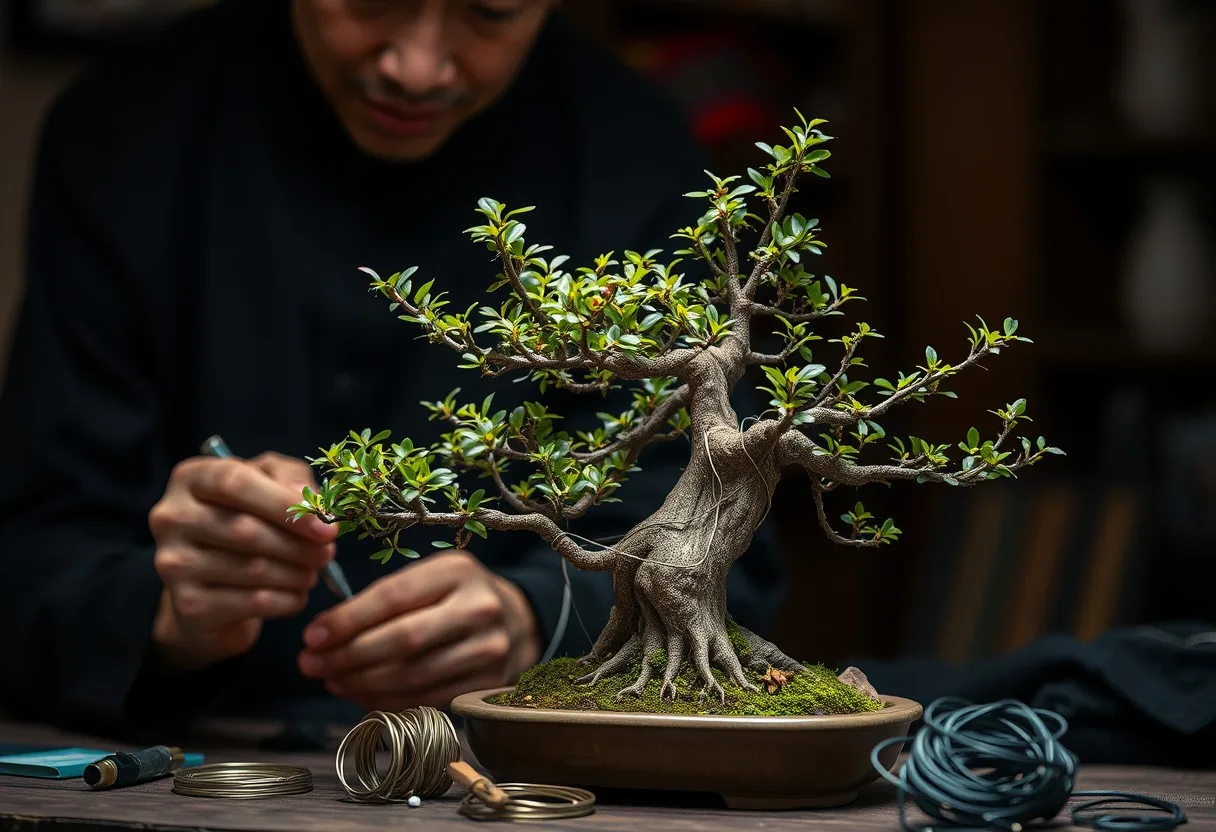This guide will help you master the necessary art of watering your bonsai tree, a crucial aspect of its health and growth. You will learn to identify when your bonsai needs water and avoid the common pitfalls of both over and under-watering. By observing soil moisture and understanding your tree’s unique requirements, you can ensure a thriving bonsai that remains vibrant and beautiful. Follow these simple steps to give your bonsai the care it deserves!
Understanding Bonsai Trees
The art of cultivating bonsai trees is as ancient as it is rewarding. These miniature trees, meticulously shaped and cared for, not only beautify your space but also provide a deep connection to nature. Understanding the intricacies of bonsai trees is vital for their proper care, especially when it comes to watering.
What is a Bonsai Tree?
Even though bonsai trees are often perceived as a single species, they are actually a variety of tree species raised in a miniature form through specialized cultivation techniques. Each tree can reflect the artistic vision of its caretaker, showcasing nature in a small yet significant way.
Importance of Proper Watering
To ensure the health and longevity of your bonsai tree, it is crucial to master the art of proper watering. Your bonsai’s survival hinges on maintaining the right soil moisture, as both overwatering and underwatering can lead to severe consequences.
With consistent monitoring of your bonsai’s soil conditions, you can prevent leaf drop and other problems associated with improper watering. Bear in mind, the soil should transition from wet to damp between watering sessions so that your tree remains healthy without becoming waterlogged. In hot environments, your bonsai will use more water, so adjusting your watering routine accordingly is vital for its overall health. Ultimately, your care directly affects the vibrancy and life of your bonsai, making proper watering an indispensable part of bonsai care.
Factors Influencing Watering Needs
You must consider several factors that influence the watering needs of your bonsai tree. Understanding these factors can help you maintain optimal soil moisture and ensure your tree thrives. Here are some key factors to keep in mind:
- Type of Soil
- Environmental Conditions
- Species of Bonsai
- Size of the Tree
- Temperature and Humidity
This comprehensive approach will help you adapt your watering schedule effectively.
Types of Soil Used
An appropriate soil mix is crucial for your bonsai’s water retention and drainage. Different types of soil can affect how quickly moisture is absorbed and how well it drains. Consider the following options:
- Akadama
- Pumice
- Lava Rock
- Organic Matter
- Peat
This selection will influence how often you need to water your bonsai.
Environmental Conditions
Assuming your bonsai is indoors, it’s vital to recognize that environmental factors like temperature, humidity, and light exposure significantly affect your watering routine. Be attentive to how these factors influence the moisture level in the soil.
Another aspect to consider is that if your bonsai is placed near a heating or cooling source, the soil may dry out faster. On the other hand, higher humidity can allow for less frequent watering. Watch how seasonal changes also impact these conditions.
Species of Bonsai
Even the species of bonsai you choose plays a crucial role in determining its watering needs. Different species have unique tolerances to drought and water saturation.
Used to varying climates, some species like the Ficus may require more frequent watering, while others like the Juniper can tolerate when the soil dries out more. Knowing the specific needs of your bonsai species ensures proper care.

How to Water Your Bonsai Tree
For the successful growth of your bonsai, understanding how to water it properly is crucial. Overwatering or underwatering can lead to serious complications, so getting it right is important for maintaining a healthy tree.
Signs Your Bonsai Needs Water
One of the first signs that your bonsai needs water is the appearance of the soil. When the top layer of soil turns light brown and feels damp, it’s time to water. Checking your bonsai in the morning and evening will help you remain vigilant about its hydration needs.
Proper Watering Techniques
Water your bonsai thoroughly by applying water evenly across the soil until it drains from the bottom of the pot. This ensures that the entire root system receives a sufficient amount of moisture.
Tree health relies greatly on proper watering techniques. It’s important to avoid hardening the soil, particularly in hot weather. If the surface hardens, consider submerging your bonsai pot in a shallow basin of water for about ten minutes to promote deep watering. Never allow the soil to stay constantly wet, since this can lead to root rot.
Frequency of Watering
Little and often is the mantra to follow when it comes to watering your bonsai. In hotter conditions, you may find that your tree requires more frequent watering, so monitor it closely.
Understanding the frequency of watering for your bonsai is important to maintaining its health. Factors such as temperature, humidity, and the size of the pot all play a role. During the hotter months, your bonsai will use more water, so it’s advisable to check the soil moisture twice daily to prevent the tree from drying out. If you’re away for more than a few days, consider asking someone to care for your bonsai to ensure it receives adequate attention.

Tips for Maintaining Optimal Moisture
Unlike many houseplants, maintaining the right moisture levels for your bonsai tree is crucial for its health. Here are some imperative tips to help you keep your bonsai hydrated:
- Check the soil moisture daily, preferably in the morning and evening.
- Water thoroughly until it drains out of the pot.
- Never allow the soil to completely dry out or remain constantly wet.
- Submerge your bonsai in water if the surface becomes hard during hot weather.
- Use a saucer to catch excess water and prevent mold growth.
The key is to ensure that your bonsai experiences a balance of wet and damp soil between waterings. The right moisture level will promote healthy root growth and vibrant foliage.
Seasonal Adjustments
The changing seasons can greatly affect your bonsai’s water needs. During hotter months, your tree may require more frequent watering, as it can dry out quickly. In contrast, cooler months typically demand less frequent watering. Always adjust your care routine according to seasonal changes.
Using Watering Tools
If you want to enhance your watering efficiency, consider using specialized watering tools such as a bonsai watering can or a moisture meter. These tools can simplify your watering routine and help you deliver just the right amount of water.
Moisture meters are particularly useful in ensuring your bonsai’s soil remains adequately hydrated. By providing you with accurate readings, you can avoid the pitfalls of overwatering and underwatering. Utilize a watering can with a long spout to direct water precisely where it’s needed without disturbing the soil too much.
Monitoring Soil Moisture
Tools for monitoring soil moisture can help you ensure that your bonsai tree receives optimal watering. Regularly use a moisture meter or simply stick your finger into the soil to gauge its moisture level.
To maintain a healthy bonsai, monitor the soil and check that it feels damp, not soggy. If the soil feels light brown and dry, it’s time for a thorough watering. Remember that environmental factors, such as temperature and humidity, significantly influence soil moisture levels, so adjust your watering regimen accordingly.
Final Words
From above, it is clear that proper watering is crucial for the health of your bonsai tree. You should regularly check the soil’s moisture levels, ensuring it transitions from wet to damp between watering. Remember that environmental factors, such as temperature, can affect your tree’s water needs. If you plan to be away for an extended period, find someone to care for your bonsai or temporarily stand it in water to prevent drying out. By following these guidelines, you can keep your bonsai thriving and beautiful.
FAQ
Q: How often should I check my bonsai tree for watering needs?
A: It is recommended to check your bonsai tree for watering needs at least twice a day, ideally in the morning and evening. Look for signs in the soil’s color and texture: if the soil appears dark and feels wet, it does not require watering. Only when the soil turns light brown and feels damp should you water your bonsai thoroughly until water drains out of the pot.
Q: What should I do if I am going on vacation for more than a week?
A: If you are going away for longer than five days, it’s best to ask a friend or neighbor to care for your bonsai. Provide them with detailed care instructions, including watering tips. If you can, arrange for them to take the bonsai home to ensure it receives adequate attention. If that’s not possible, you can briefly submerge the bonsai in water before you leave but ensure they know to monitor it upon your return.
Q: What indicates that my bonsai tree may be overwatered or underwatered?
A: Signs of underwatering include brown, crispy leaves and soil that feels extremely dry. In contrast, overwatering might present with yellowing leaves, soft or mushy roots, and waterlogged soil that retains moisture too long. To prevent both issues, ensure that the soil moves from wet to damp between watering sessions, and avoid letting it dry out or become constantly wet.








